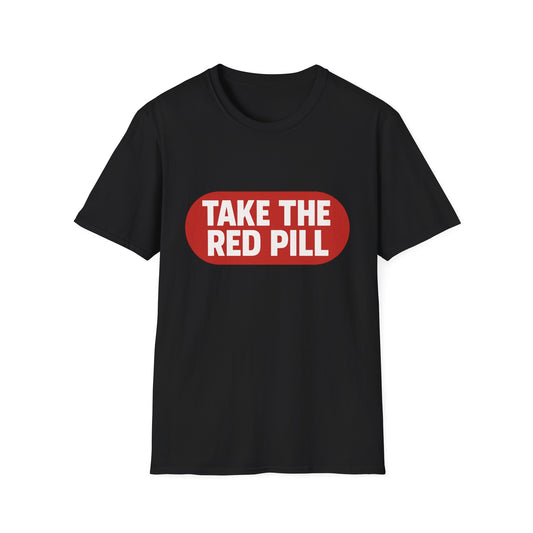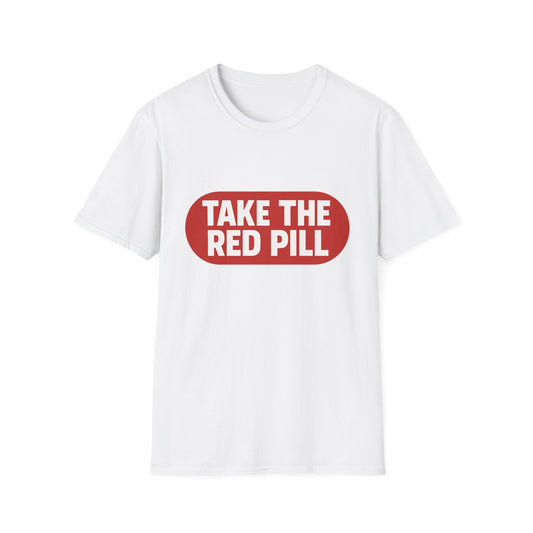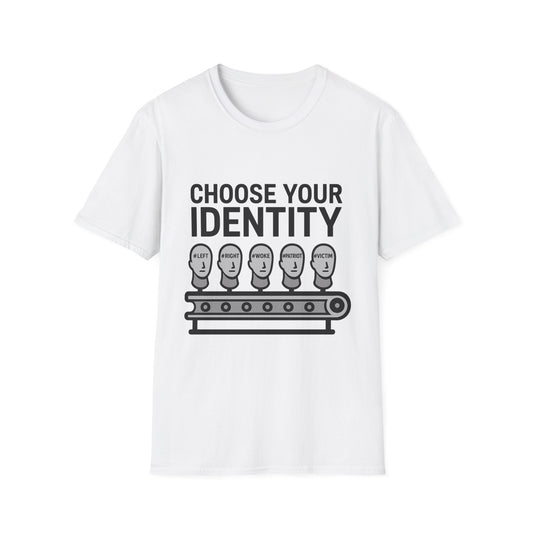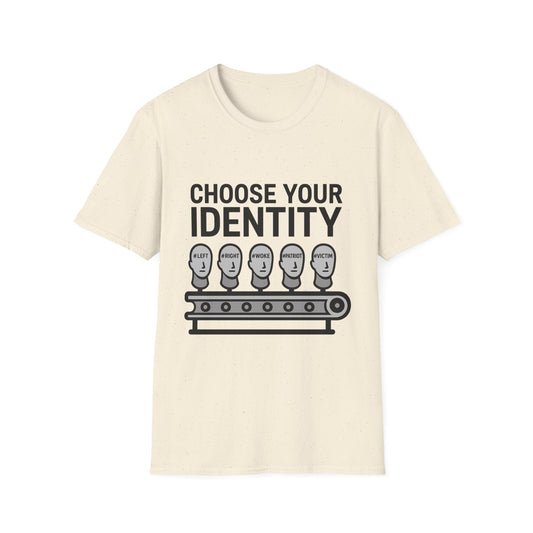
It's Okay to Not Be Okay: Mental Health Awareness in 2025
Awareness Isn’t Enough Anymore
Every May, the world turns its attention—briefly—to mental health. Social media feeds fill with pastel infographics. Celebrities post captions about self-care. Companies change their logos to green ribbons. And then? Silence. Back to business. Back to pretending.
Mental Health Awareness Month was never supposed to be just a marketing trend. It was born from a desperate need to stop people from suffering in silence. But in 2025, we’re still doing exactly that. Yes, awareness has grown. More people talk about anxiety and depression. More therapy apps exist than ever before. But we haven’t fixed the core problem: we live in a society that still treats mental health like a side quest.
If you break your leg, people hold the door open for you. If you say you’re mentally breaking, they avoid eye contact. If you take a day off to recover from surgery, it’s fine. If you take a day off because your brain feels like it’s caving in? People start asking questions—or worse, assume you’re lazy.
That’s the culture we’ve created. One where “awareness” is code for “just say something nice once a year.” One where it’s okay to talk about trauma, as long as you’re already on the other side of it. Struggling in real time? That’s too uncomfortable. Too raw. Too human.
This year, let’s call out the truth: mental health awareness needs a rebrand. It can’t just be about knowing. It has to be about doing. About changing how we treat ourselves, how we talk to each other, and how we build workplaces, schools, and communities that allow people to struggle without shame.
Mental health is not a buzzword. It’s not something you post about and forget. It’s the invisible weight millions of people carry while smiling in meetings, attending classes, raising kids, or creating content. It’s the reason some people sleep for 14 hours, while others haven’t slept in three days. It’s the battle that doesn’t always look like a crisis—but always feels like one.
So no, awareness alone isn’t enough anymore. We need honesty. We need real conversations. We need safe spaces. And we need to stop treating people like they’re broken for feeling overwhelmed in a world that’s constantly breaking them.
Why We Still Hide It – Even in 2025
It’s 2025. We have therapy memes, mental health podcasts, anxiety TikToks, and burnout coaches. You’d think that with all this public dialogue, people would feel safe being honest. But they don’t. In fact, many still hide it. Especially the ones who seem “high-functioning.”
So the question is: why are we still pretending we’re okay when we’re not?
The answer is complicated—but painfully human. We hide our mental health struggles not because we’re weak, but because we’re smart. We’ve learned that in many situations, honesty has consequences. Your boss might smile when you say “mental health day,” but they’ll quietly pass you over for the next opportunity. Your family might say, “You can talk to us,” but their discomfort will make you regret it. Your friends might offer support, but only for so long before it gets “too much.”
So we hide. We put on smiles. We say “I’m good” when we’re unraveling inside. Because the truth is, even in a world full of therapy lingo and self-care tips, we still reward people for holding it together—not for healing.
The digital world doesn’t help. Social media has turned pain into performance. There’s a strange pressure to make your trauma palatable—to package it with a motivational quote or a glow-up photo. If you’re going to talk about your depression, it better come with a filter, a redemption arc, and some brand-friendly hashtags.
But real healing? It’s messy. It’s nonlinear. It doesn’t always look like yoga and green smoothies. Sometimes it looks like staying in bed. Canceling plans. Crying in your car. And those things aren’t easy to post. They don’t fit the aesthetic.
So people keep their real struggles offline—and often, off the record. They show up to work. They text “I’m fine.” They keep going. And the silence grows heavier.
There’s also the fear of being seen differently. For many, admitting to mental health struggles feels like putting a crack in your identity. If you say, “I’m anxious,” you risk being labeled unstable. If you say, “I’m in therapy,” people might assume you’re broken. There’s still this unspoken rule that your mind is supposed to be clean, controlled, optimized. Anything less feels like failure.
But here’s the truth: hiding pain doesn’t make you strong. It just makes you alone.
And if this Mental Health Awareness Month is going to mean anything, it has to start with dismantling the idea that struggling makes you weak. It doesn’t. It makes you human. And we all are. Whether we admit it or not.
What Healing Actually Looks Like
Healing is not glamorous. It’s not a straight line. And despite what the internet might tell you, it’s not about lighting candles, drinking matcha, or following a five-step routine. Healing, in the real world, is raw, messy, and deeply personal. It rarely makes sense while you’re in it.
Some mornings, you might feel like you’ve got your life together. You’ll journal, breathe deeply, maybe even smile at yourself in the mirror. Then out of nowhere, a small comment or old memory sends you into a spiral, and suddenly it feels like all your progress vanished. That’s not failure. That’s healing.
Because healing is not about removing pain. It’s about learning to live with it—without letting it take over. It’s the slow process of noticing your thoughts instead of being consumed by them. It’s realizing you don’t owe anyone an explanation for why you’re still working through things they think you should be “over” by now.
Healing is not a moment of triumph. It’s a hundred quiet decisions you make in the background of your life. It’s choosing not to go back to someone who hurt you, even when loneliness creeps in. It’s taking care of yourself on days when everything inside you says “don’t bother.” It’s walking through the world carrying invisible wounds—and still showing up.
And most people won’t see it. They won’t see the effort it takes to get out of bed when your mind feels like quicksand. They won’t see how hard it is to answer a text, let alone hold a conversation. They won’t understand why you're exhausted from "doing nothing." But you know. You’re in it. And that’s enough.
There’s no single path forward. Some people find their way through therapy, others through faith, art, movement, solitude, or deep connection. Some need medicine. Some need space. Some need to talk. Others need silence. And all of it is valid.
The lie we’ve been told is that healing has to look good to count. That you have to be smiling again, productive again, posting inspirational quotes and gratitude lists. But some of the most profound healing moments look like crying in your car and then walking into work anyway. Or saying “I don’t know” when someone asks how you’re doing—and being okay with not having an answer.
If you're healing, and it feels invisible, that's because real healing often is. It happens in the pauses. In the small, unseen shifts. In the way your chest feels slightly less tight today than it did yesterday. In the way you don’t hate yourself quite as much as you used to.
That’s what healing actually looks like. It’s not something you arrive at—it’s something you learn to live inside of. And you're doing better than you think.
Where We Go From Here
Mental Health Awareness Month shouldn’t just be about awareness—it should be a wake-up call. A reminder that millions of people are walking around smiling on the outside while barely holding it together inside. That healing isn’t something we should have to hide. That suffering in silence is still too common. And that it's not enough to talk about mental health once a year, post a quote, and move on.
So where do we go from here?
We start by normalizing the struggle—not glamorizing it, not minimizing it—just accepting it as part of life. Not everything has to be fixed immediately. Not every emotion needs to be explained away. We are allowed to feel. We are allowed to not be okay. We are allowed to break down without losing our worth.
We also need to stop measuring people’s value by how “well” they perform. High-functioning depression is still depression. Quiet anxiety is still anxiety. And being able to smile or meet deadlines or show up on time doesn’t mean someone isn’t deeply hurting. The most dangerous thing we can do is assume that people are fine because they look fine.
Mental health support has to become more than a resource—it has to become a reflex. The same way we ask “How are you?” out of habit, we need to learn to follow up with real intention. To listen without rushing to fix. To check on our strong friends. To believe people when they say they’re struggling, even if it makes us uncomfortable.
And for those who are struggling: you don’t have to wait until you’re in crisis to reach out. You don’t need to justify your pain or prove that it’s “bad enough” to deserve help. If you’re hurting, that’s enough. If you're tired, that’s enough. If you’re waking up every day and pushing through the fog just to exist—that’s enough.
We have to build a world where mental health is treated with the same urgency and respect as physical health. A world where therapy isn’t seen as a luxury, but a basic part of taking care of yourself. A world where schools teach emotional resilience as much as algebra. Where jobs create space for real recovery, not just paid sick days.
And most of all, we have to create a world where people are safe to feel what they feel—without shame, without stigma, and without fear of being seen as less.
This May, let’s go beyond awareness. Let’s create room for honesty, rest, and softness. Let’s ask better questions. Let’s be slower to judge and quicker to understand. Let’s remind each other that being human means being messy, emotional, and still worthy of love and dignity.
We don’t need to be perfect. We just need to be real. And that starts by making space for each other—even in the hard moments.







